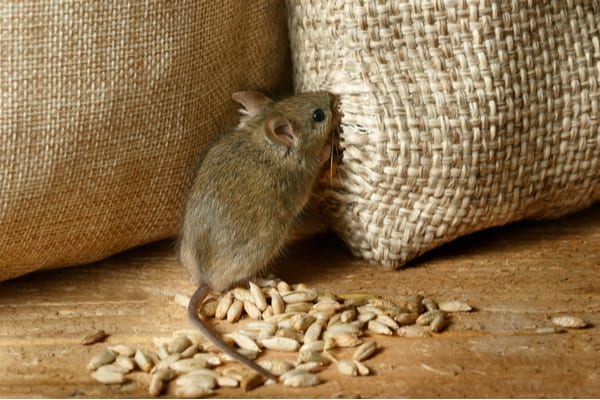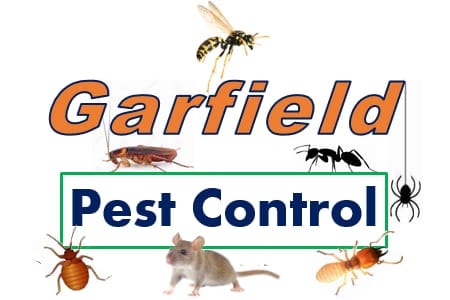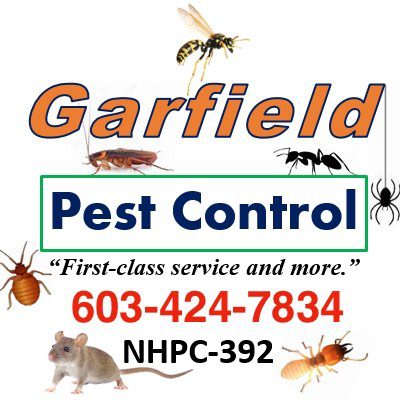Rodent CONTROL
The Most Effective Treatments
Rodent Control in Central and Southern New Hampshire
Most of us have seen mice, while many have even seen them scurrying across a room. After the first sighting and feeling of anxiety, we may tend to forget about it, of course, after telling our entire family what we just experienced.
So now we forget about the little critter, but are you aware that a female can give birth to up to 50 babies per year? And this can be happening in your very own home. Yes, they multiply fast, and while they multiply, they can carry bacteria that contaminates food, leading to viruses, disease, and even death in humans and pets. Below we will show you a few diseases to be aware of.
However, let us not forget to mention, not only are they a health concern, they can cause extreme structural damage. They chew through wood and love wires. Do you know that it is estimated that at least 20% of fires are due to electrical wire damage from pests?
Signs of a Rodent Infestation
- Droppings around water and food sources.
- Nesting materials such as wood, fabric, and paper that have been shredded.
- Chewed containers and packages.
- Chewed holes in furniture, walls, and other household items.
- The sounds of scratching and scurrying in the walls and attic.

Have you seen any of the signs of a rodent infestation? Are they running around and nesting in your home, in your attic, basement, kitchen, or garage?
If you think they are and you are in need of rodent control, give us a call, text us or use our secure online form for a FREE assessment and estimate.
Because they are fairly small in size, never underestimate the damage they can do.
Facts About Rodents
Rodents are mammals of the order Rodentia. They are characterized by a single pair of growing incisors in both the upper and lower jaw. The incisors are kept short by their continuous gnawing behavior
About 40% of mammal species are rodents. Common rodents include mice, rats, squirrels, porcupines, beavers, guinea pigs, and hamsters. Members of non-rodent orders, such as bats, shrews and moles, hares, rabbits and pikas, and weasels and mink, are sometimes confused with rodents.
Rodents make up the largest order of mammals. With about 2,277 species. Over 40% of mammalian species belong to the order.
Rodents are found in vast numbers on all continents except Antarctica, most islands, and in all habitats except oceans. They are the only placental order besides bats and pinnipeds to have reached Australia without human introduction.
Their success is probably due to their small size, short breeding cycle, and ability to gnaw and eat a wide variety of foods.
Diet
Rodents use their sharp incisors to gnaw wood, break into food, and bite predators. Most rodents eat seeds or plants, though some have more varied diets.
They are a common home intruder seeking seeds stored by people. However, it is vital to know that they can carry and spread disease.
Diseases Rodents Carry
Disease from rodents is not something that should be taken lightly. While rodents are known to cause property damage, it is important to know that they carry diseases as well.
Here we list a few of those diseases.
- HANTAVIRUS - A severe illness caused by the exposure to urine and droppings of deer mice that are carrying the virus
- LEPTOSPOROSIS - This is passed by the urine of rodents. It affects both humans and pets alike. Some may have no symptoms; whereas others can become severely sick.
- TULAREMIA - Humans and pets can become infected when handling a sick or dead rodent.
- RAT BITE FEVER - This is caused by a rat bite. Though it is fairly uncommon, the fever does result in approximately 10% of rat bite cases.
- LYMPHOCYTIC CHORIOMENINGITIS (LCMV) - This disease is common amongst house mouse. Pregnant women are the most at risk. This can cause intellectual disabilities and birth defects in the unborn baby.
- SALMONELLOSIS - This bacteria is spread from the stool of infected rodents. It can be extremely dangerous to children under five, our seniors and persons with a weakened immune system.
Types of Rodents
Found All Across The World
- Beavers
- Capybara
- Chipmunks
- Flying Squirrels
- Gerbils
- Guinea Pigs
- Hamsters
- Mice
- Rats
- Naked Mole-Rat
- Nesting Mice
- Porcupines
- Squirrels
- Woodchucks
Treatment
Rodent control starts by removing rodents from a property. This requires a combination of tactics such as eliminating food sources and shelter that attracts them and eliminating access areas that they use to enter homes and businesses.
Using a multi-tactic approach, which includes trapping, removes them and decreases the risk of future infestations.
By implementing preventative measures, the chances they return are like none.
When dealing with rodents it is vital for the necessary safety precautions to be put in place. Rodents carry diseases like the hantavirus, lymphocytic choriomeningitis (LCMV), leptospirosis, tularemia, and salmonella which some can be fatal.
For rodent control to be effective, early intervention is key along with a regular check-up to basements, attics, and other uninhabited areas.

